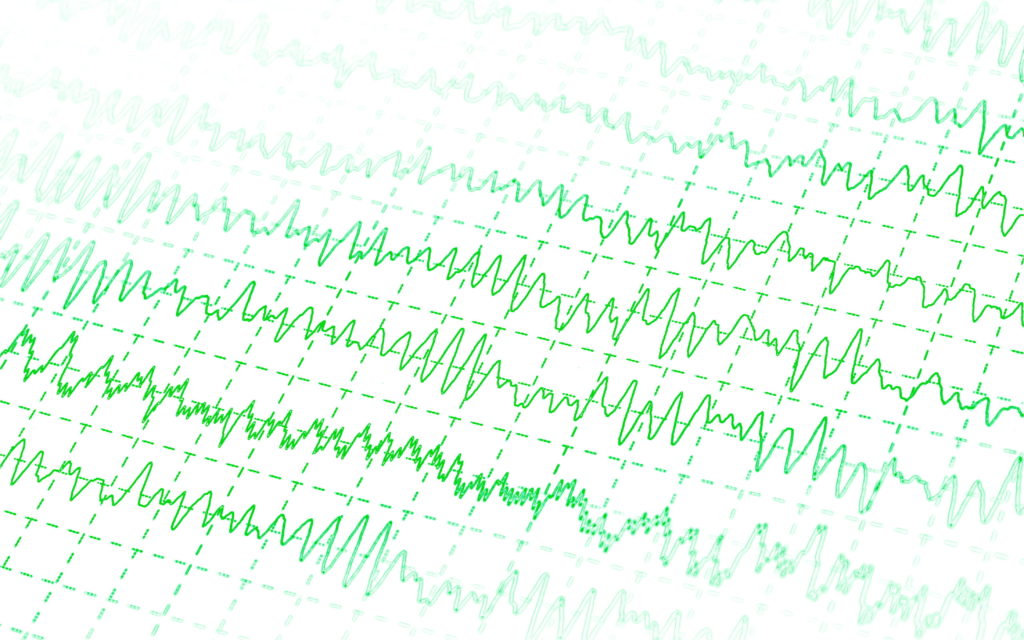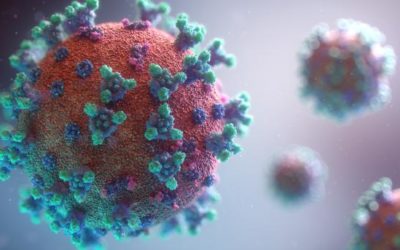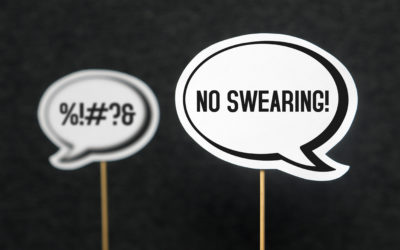Quick Hits
Daily brief research updates from the cognitive sciences

I outlined here how recent research has shown that the brains of highly creative individuals use different networks, and this also reminded me of separate piece of research from a few years ago that shows that creative brains have intriguing brain wave patterns.
In this study researchers around Caroline Di Bernardi Luft of the Queen Mary University of London found different brainwave patterns during creative thinking tasks in those who were more successful in these tasks.
What they found is that those who came up with more ideas in a creative thinking task “how many uses can you think of for a brick” or more distant relationships in associative chains e.g. cat > dog > animal > pet > human > people > family.
So what was happening in the brain?
Well first off it is known that when doing these tasks that obvious associations are the ones that jump to mind first. The brain is designed to build associations. In the case of the brick the most obvious is to build a wall or house. But creative people seem to suppress the obvious ideas searching and enabling more creative solutions.
And indeed, the researchers found that certain brainwaves, specifically alpha oscillations, in the right temporal area of the brain, increase when individuals need to suppress obvious or misleading associations in different creative tasks.
So, it seems that alpha brain waves in this part of the brain help creatives to suppress ideas. But is this just an association or does this actively help?
The researchers then looked to see if this was indeed causal. To do this they activated study participants brains while doing tasks with a technique called transcranial magnetic stimulation. This delivers a weak and safe electrical current to the brain and can stimulate various regions at various intensities.
And yes, when triggering alpha waves in the right temporal lobe participants could suppress the obvious ideas better.
So, one route to being creative is to suppress the obvious ideas that jump to mind. This is also triggered by brain waves patterns in the brain. But the good thing about this is that this can be actively trained though practising suppression or potential through neurofeedback techniques (structured brain wave training).
And that leaves me here trying to think of a non-obvious ending to this article.

Andy Habermacher
Andy is author of leading brains Review, Neuroleadership, and multiple other books. He has been intensively involved in writing and research into neuroleadership and is considered one of Europe’s leading experts. He is also a well-known public speaker speaking on the brain and human behaviour.
Andy is also a masters athlete (middle distance running) and competes regularly at international competitions (and holds a few national records in his age category).
Reference
Caroline Di Bernardi Luft, Ioanna Zioga, Nicholas M. Thompson, Michael J. Banissy, Joydeep Bhattacharya.
Right temporal alpha oscillations as a neural mechanism for inhibiting obvious associations.
Proceedings of the National Academy of Sciences, 2018; 201811465
DOI: 10.1073/pnas.1811465115
More Quick Hits
COVID on the Brain
Many COVID-19 patients have reported various neurological symptoms – the well-known brain fog, but also headaches and decreased cognitive function over months and extended periods of time. This even without serious infection or hospitalization. The research seems to...
Life satisfaction after work related to personality traits
As many of you know I have done plenty of work into personality and so found this study interesting. Dusanee Kesavayuth of Kasetsart University in Bangkok, Thailand analysed data from 2,000 adults aged between 50 and 75 in the British Household Panel Survey and found...
Unique regulation of brain in yoga practitioners
Quick HitsDaily brief research updates from the cognitive sciences es, you yoga practitioners knew you were special and here is the science to prove it! In this older study I came across (2018) participants were recruited to see how they dealt with...
Neurodivergence and the lonely brain
Quick HitsDaily brief research updates from the cognitive sciences eurodivergence is term that describes those that are not “neurotypical” such as those with autism and ADHD. In the surge of research into loneliness spurred by the pandemic it has...
Art Engages the Social brain
Quick HitsDaily brief research updates from the cognitive sciences reported in last week’s Quick Hits on how engaging in the arts has a relationship with self-control and avoidance of disagreeable and criminal behaviour and that is why this...
Swearing can increase strength, self-confidence, and risky behaviour
Quick HitsDaily brief research updates from the cognitive sciences wearing is frowned upon in many circumstances but is also used by many people in casual situations and particularly by comedians. So why do we swear if it is taboo? A team of...






